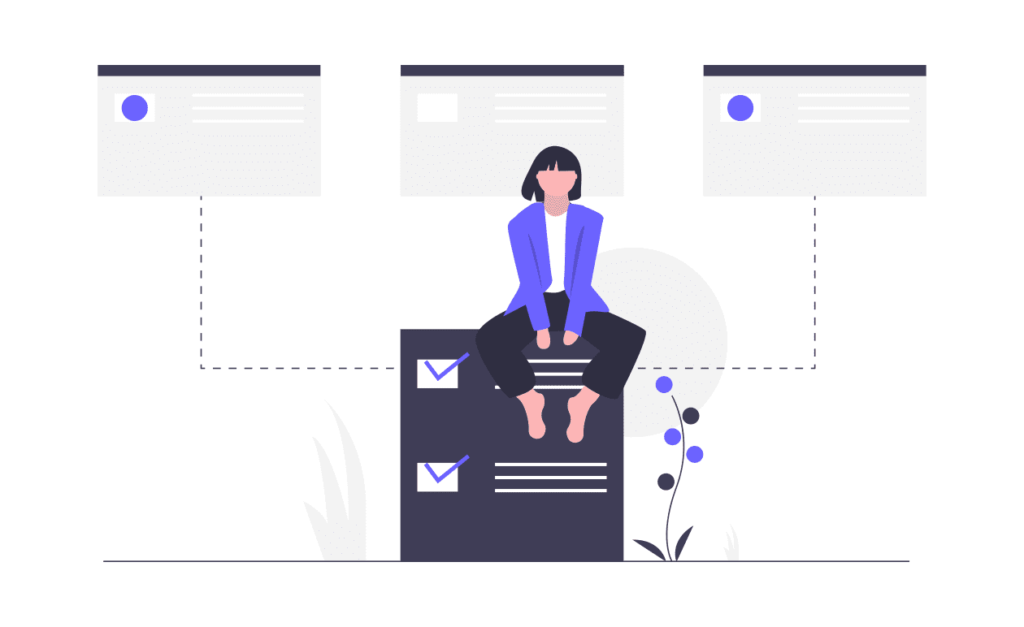
How to transform regular users into SAP super users
April 9, 2020
SAP super users are a coveted resource for any enterprise that uses SAP ERP systems. More than 70% of SAP companies create a program that formalizes and leverages the role of the super user in some way.
But while super user programs are common, the type of program that can transform any regular end user into super user can set organizations apart. Read on to learn the steps of building a transformative super user program and how it can equip your enterprise for organizational change.
Get to know the raw materials of a super user
Look at any SAP super user network and you’ll find that each super user is as different as the companies they work for and the teams they help. But they do have some basic characteristics in common.
First, they have proficiency in SAP modules and functions as well as an advanced understanding of the business processes the system supports. Their position as subject matter experts and their ability to see their work in a larger context are important.
Second, SAP super users often share some key soft skills: problem-solving, strong communication, adaptability to change, and a penchant for continuous learning.
The role of the SAP super user is to support end users, assist in system development and testing, act as a liaison between end users and IT and management, document business processes, and identify current and ongoing business and training needs. So this combination of both those technical and soft skills helps them fill the big shoes of a super user.
Determine the necessary amount of super users to seed a program
As you start your super user program, you can borrow an agile development technique: determine the minimum viable product (MVP). In the case of your program, this is the minimum necessary number of SAP super users you will need to start realizing its impact. There are two ways to determine this number.
This first is a straightforward equation. For every 50 end users, you will need one super user. But as SAP Education Delivery Executive Claudia Faerber points out, this equation should be adjusted according to the complexity and maturity of your SAP project. Initially, you may only need a small number of super users to design and conduct UAT for your SAP implementation. But after it goes live, you will need a ratio of 1:20-40 super users to end users, with the variance depending on system customizations, the degree of complexity of your business processes, and the level of technical skill of your end users.
As your SAP project matures and end users become more confident, the MVP ratio decreases to 1:40-60. Eventually, the ratio can shift again to 1:60-100 as end users start relying on self-help solutions and super users are only called on for the more complex issues.
Recruit likely candidates
With what you know about the ideal characteristics of a super user and your goal for initial program enrollment numbers, it’s time to recruit. There are several productive places to start:
- Employee performance insights from management. Business unit leaders, HR, or Learning and Development program managers will be able to share the names of top-performing employees who demonstrate skill in SAP and are the natural go-to for their team members.
- Stakeholders in your SAP implementation. Those employees who have already been tapped to contribute to the current or previous SAP implementation are prime candidates for your super user program. Furthermore, they will likely have suggestions for other employees they have worked with who would make ideal super users.
- IT department analytics. Ask which employees register few support tickets and errors relative to their peers. This data can give you a look at who is consistently and accurately completing critical business processes in SAP.

Build an effective super user program
As with any initiative, simply getting the right people in the same room is not enough to access the sum of their expertise. It is important to build an effective program that realizes and amplifies super users’ value to your enterprise. To do that, your super user program should have at least these three functions:
1. Evaluating and incentivizing success
What are the performance benchmarks for SAP super users in their new super user role? What do they gain from excelling? Your program should outline metrics for success. Here, defining clear objectives and measurable key results (OKRs) is helpful.
An example OKR for super users could be to get their end users to competency in X weeks, as measured by the increased speed in SAP business process execution with decreasing errors over that timeframe. And if your super user accomplishes their OKR? Provide real and valuable incentives. Not only does this compensate super users for their work, but it can also inspire end users to become SAP super users and reap the benefits.
2. Publicizing your program
If a super user program is built in the woods, will your end users know how to access it? You will need to create simple, succinct messaging you can use enterprise-wide to communicate the what, why, and how of your program.
3. Coordinating efforts and digitizing processes
Your SAP super users will be coming from all over your enterprise with the objective to support end users in every department and business unit. You will need a means of taking this diverse knowledge and skillset and efficiently digitizing and disseminating it. Here, digital adoption platforms (DAPs) can help. In minutes, super users can develop and publish step-by-step guides for the SAP business processes in which they are the experts.
Sustain your super user program
While a super user program is often created around an SAP implementation, it can continue to bring value to your enterprise well after rollout. Not only does it address the ongoing issues of turnover and new employee onboarding, but it also fuels the agility of your enterprise by being prepared to upskill your workforce with each organizational change.
OnScreen, a DAP for SAP and other enterprise applications, is also useful in this regard. With OnScreen, it is easy to develop and publish step-by-step guides that walk end users through their SAP workflows. This also makes it easy for super users to quickly update the guides’ content to match evolving business processes and shifting technologies.
Furthermore, the in-application accessibility of OnScreen means end users readily engage the guides and decrease their time-to-proficiency in SAP. This has cascading effects: it lightens the load on your super users so they have more bandwidth for the complex issues and it cultivates a whole new pool of talent for your program by upskilling more end users.
Adopt a radical objective: every user can be a super user
Innovative enterprises don’t stop at achieving proficiency, they adopt radical objectives that propel them toward innovation. At Google, they call them moonshot ideas. For your super user program, you can set the aspirational goal that every user has the potential to become a super user. And with enterprise solutions like OnScreen in your toolbox, that goal is achievable.
Your super user program’s radical objective can have dramatic implications for company culture and your bottom line. It better positions your enterprise for not only managing but excelling in any organizational change, digital or otherwise.
OnScreen is the agile digital adoption platform for SAP and web-based enterprise applications that boosts process efficiency and employee productivity by empowering any user to become a super user. Request a demo today to see how it accelerates your SAP super user program.
Got a learning problem to solve?
Get in touch to discover how we can help

